Cotton: advantages, disadvantages and varieties
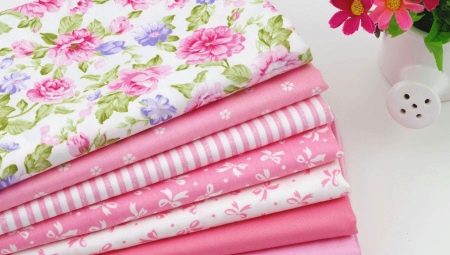
In the modern world, cotton is the most common and common name for fabric. It is familiar to every person, without exception. But as soon as the phrase "cotton fabric" or its abbreviation - "cotton" appears in a conversation, many people begin to ask different questions. Many people do not understand whether there is a difference between these types of fabric and what is the peculiarity of each individual material.
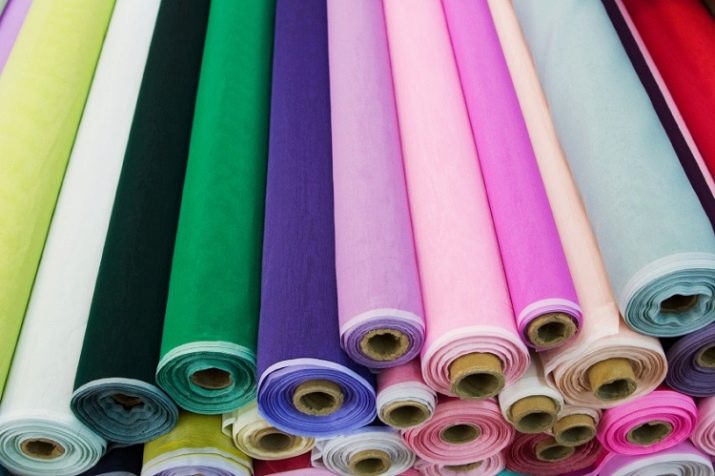
In fact, the majority opinion looks completely ridiculous. Cotton and cotton fabric are one and the same type of textile product with different names. It is made from cotton, or rather, from its fruits. The quality of the material is determined by the length of the fiber - the longer it is, the stronger and more durable the fabric becomes. Even in terms of cost, cotton products are in many ways inferior to their counterparts.
Due to these features, cotton fabric is considered the most common type of fabric to this day.

What it is?
Cotton is considered one of the oldest types of fabric used by mankind for sewing clothes. Work with this material began to be mastered at the dawn of the emergence of the civilized world. But despite this, cotton production did not have an industrial scale for a long time. The first massive cotton crop was harvested in India. On the territory of Europe, he appeared a little later, more precisely, during the reign of Alexander the Great. After some time, European craftsmen managed to understand and master the principle of manufacturing and sewing products from cotton fabric, after which they managed to establish internal production.
In Russia, cotton material appeared in the 15th century, but its production was rather scarce. That is why the material was considered the most expensive.
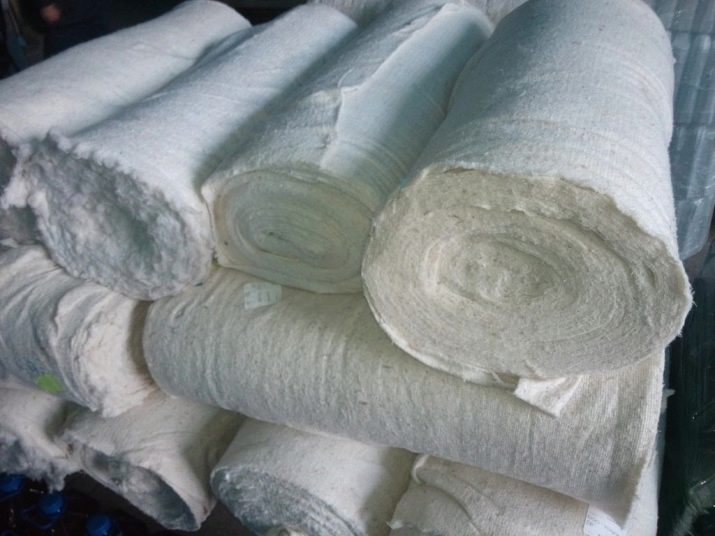
Initially, cotton fabrics were processed by hand. This was the most important and fundamental of the reasons that made it difficult to spread the fabric in the world market. Then the situation changed radically due to the beginning of the appearance of industrial equipment for the corresponding processing methods.
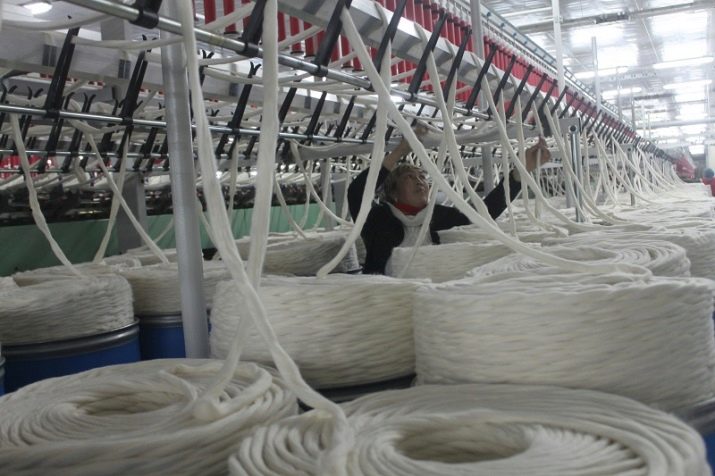
The streamlined production process of cotton fabric provided for step-by-step actions.
- Harvesting. This refers to the weighing of the procurement material and its storage.
- Cleaning. Various debris was removed on the corresponding machines, after which sorting was carried out.
- Making continuous threads. This process speaks of the weaving of the fibers of the fabric.
- Weaving threads. Creation of fabric directly.
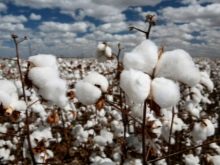
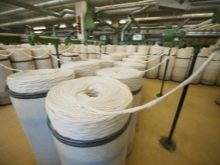
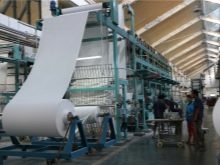
Today, the cotton production process takes place exclusively on an industrial scale. After each individual step, the technologists carry out certain checks, on the basis of which they make notes and draw up a description of the prepared product. The finished material not only looks impressive, but also has a host of other advantages, which can be felt with tactile contact.
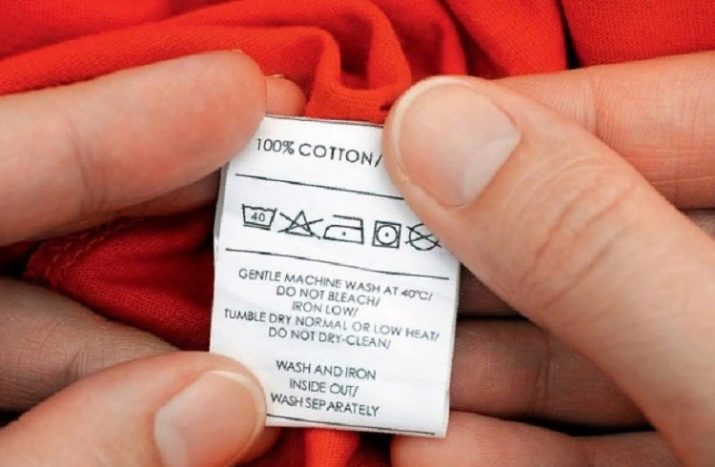
Composition
In the modern world, it is very difficult to find clothes or any other textile item made of 100% cotton. Quite often, during the manufacturing process, some components are added to the fabric, due to which the finished material is of higher quality, has an increased level of strength and has an appropriate appearance.
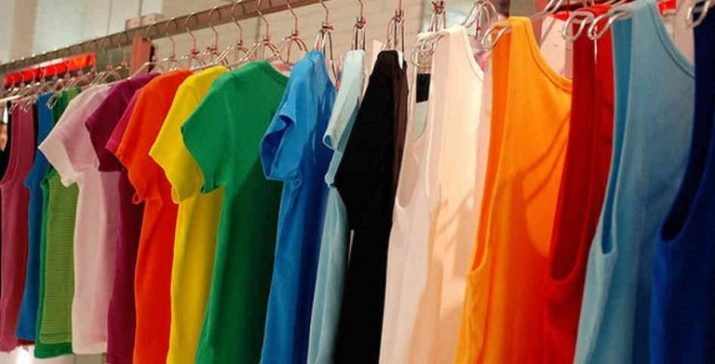
To a greater extent, cotton is supplemented with fabrics such as viscose, polyester, acetate. Knowing their features, one can understand why cotton products have a lot of advantages. Firstly, the material wrinkles less, which is very important in the modern rhythm of life. And secondly, it becomes possible to increase the color palette.
That is why cotton clothing and textiles can be presented in the brightest and most vibrant colors.
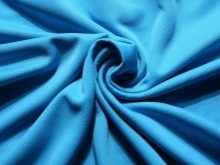


In any store of men's, women's, and especially children's clothing, sellers quite often offer customers ordinary things made of synthetic material for 100% natural cotton. You can take their word for it and after the first wash give an appropriate assessment of the purchased item, and the seller too. On the other hand, during the selection process, some tests can be carried out to determine whether high-quality and 100% cotton is presented in the display window or synthetic.
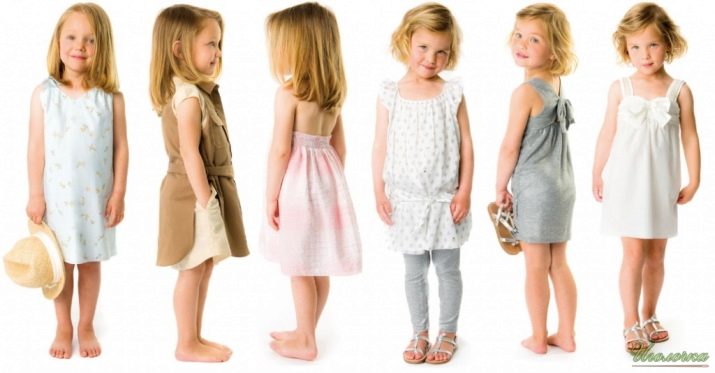
First you need to take a close look at the material. Cotton itself does not even have a minimal sheen. If there are unpleasant pellets on the fabric, then there is no cotton in the material. Another way to check the quality of the composition is to wrinkle a small piece of clothing in your fist. If the fabric is wrinkled, then one hundred percent cotton was used in the production. The very last way to check the quality of the material is to wash it. This experiment can be carried out only after the purchase.
Clothes made from natural cotton dry very slowly, while synthetic fabrics dry instantly.
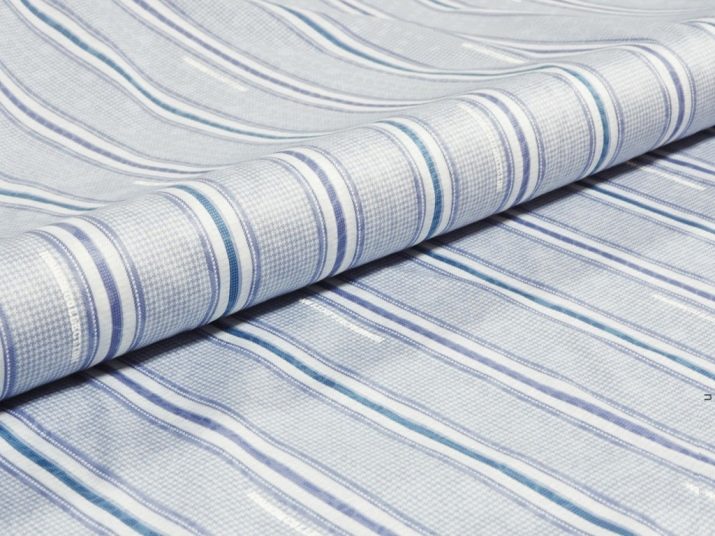
Advantages and disadvantages
Like any material, cotton fabrics have certain advantages and some disadvantages. Undoubtedly, important advantages are a high level of strength and quality, as well as an affordable price.
Along with this, he has some negative characteristics. Prolonged exposure to sunlight on cotton fabric negatively affects the density and quality of the material. Any cotton products must be treated with different compounds that do not allow the fabric to wrinkle. The most unpleasant thing is the destruction of cotton fabric due to the appearance of harmful microorganisms in it. This process takes quite a long time, first scuffs appear on the fabric, then small holes. With proper care, you can forget about the destruction of clothes and any other unpleasant consequences forever.
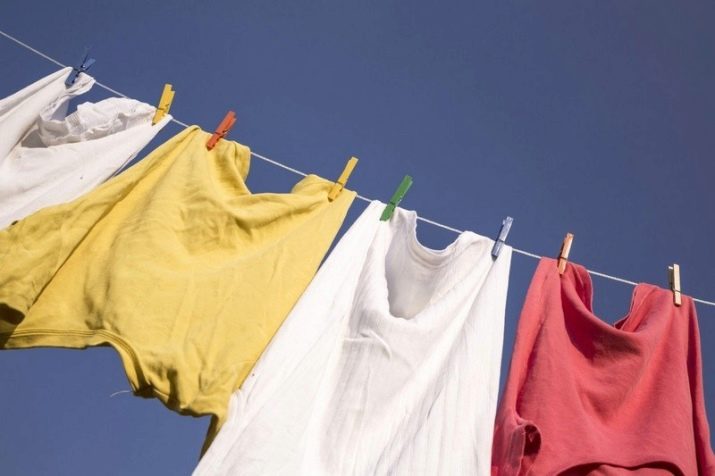
Types and their properties
Today, there are enough parameters, thanks to which it is possible to obtain various types of fabrics with a base of pure cotton. The production of textile raw materials due to the addition of natural, chemical and synthetic components has increased several times.
- Batiste. A very fine kind of matter, but quite durable. Has a low level of density. Made from pre-twisted combed yarns. The type of weaving used is plain weaving, due to which a low density is obtained. According to the price criterion, the fabric is very expensive, but very wear-resistant. Basically, cambric is used for sleeping accessories - shirts for women, pajamas for men, as well as tablecloths.
Marquise material is mainly used for sewing summer clothes, as well as curtains and bedding.
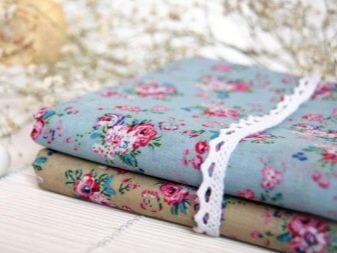
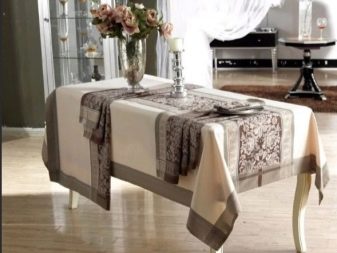
- Marquis. This type of material is a lot like cambric. It uses the same plain weave combed yarn in its production. The only difference is the higher level of curling of the threads.
Marquise material is mainly used for sewing summer clothes, as well as curtains and bedding.
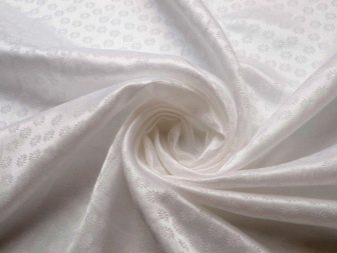
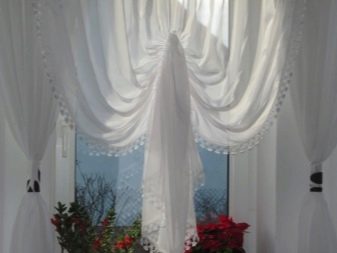
- Volta. It is a silky and very delicate material with a high level of density. It is made with combed yarn, which is pre-twisted strongly. The main characteristics are very similar to cambric. Underwear is made from volts.
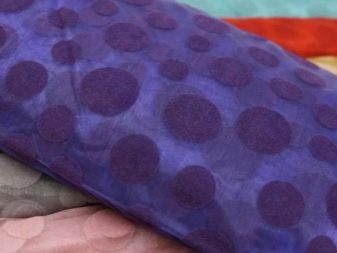
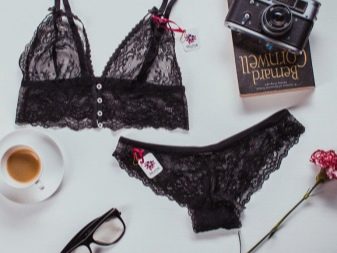
- Percale. A very refined and very refined type of matter with a high level of density. The interlacing of the fibers is made according to one algorithm. Despite its durability, it appears to be quite soft and silky. Percale products will serve their owner for a long time. Despite its sophistication, the fabric is easy to wash and many cleaning methods.
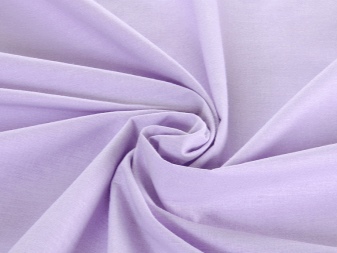
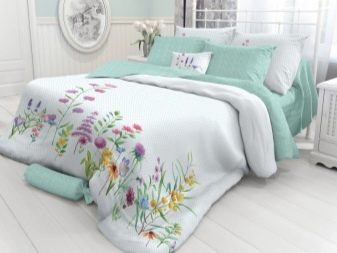
- Poplin. This material is made on the basis of plain weaving of combed yarn. Bed linen is made from poplin.
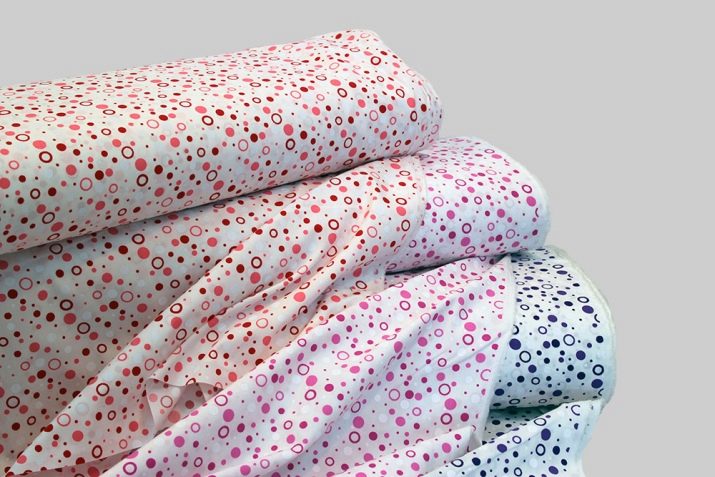
- Kiseya. The material is very light and transparent. Weaving takes place using a special technology. The threads are intertwined in pairs with the criss-cross of the warp fibers. The fabric is used to decorate women's costumes, as well as window curtains.
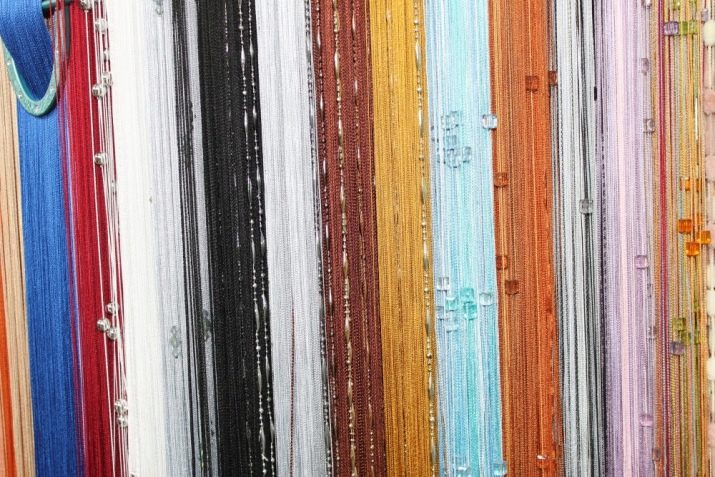
- Tulle. Transparent, lightweight and delicate patterned material. Its production takes place on specialized machines. This fabric is mainly used to decorate women's clothing, window curtains, and bedspreads and capes.
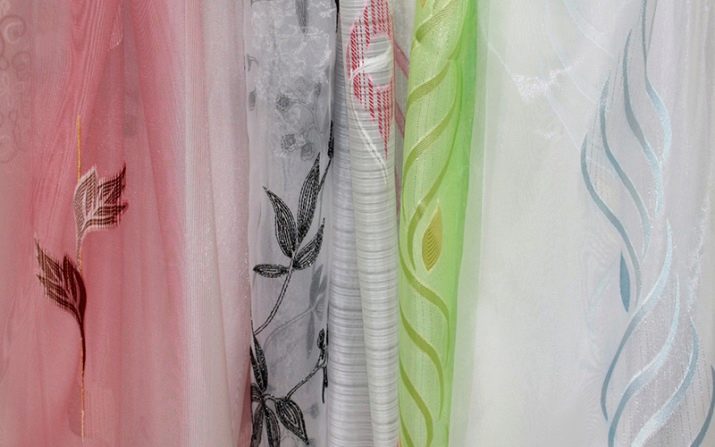
- Guipure. A very famous fabric. It is an elegant fabric made of fine threads. Several methods are used for its production. The first is the removal, that is, ripping out of the fiber, the second is the dissolution of the threads in the form of a pattern.
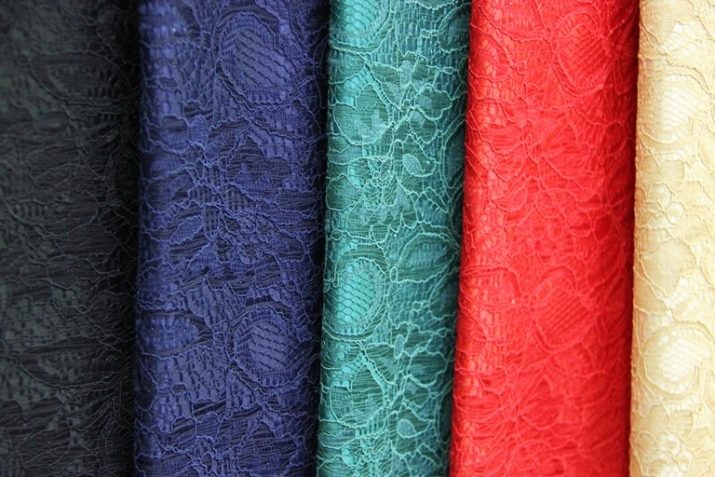
- Combed satin. The name itself reads the essence of fabric production. The material is made from combed yarn using satin weaving. It is mainly used for making bed linen and any other home textile products.
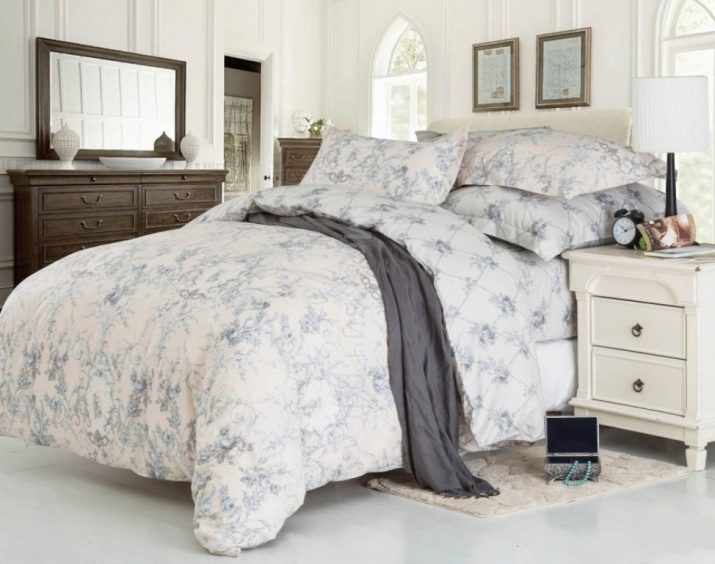
A fairly wide variety of textile products are made from medium staple cotton.
- Chintz. The well-known fabric made from medium twist threads. Chintz is used in sewing summer clothes.

- Calico fabric. This is a whole group of weaving fabrics, similar to chintz material. Textiles for household use are made from calico fabrics.
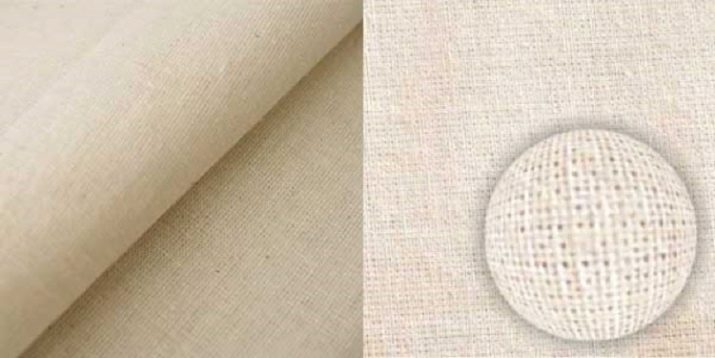
- Calico. Russian material is made of pure cotton. Imported coarse calico contains a certain amount of synthetic fibers.

- Carded satin. Dense fabric made of thickened threads.
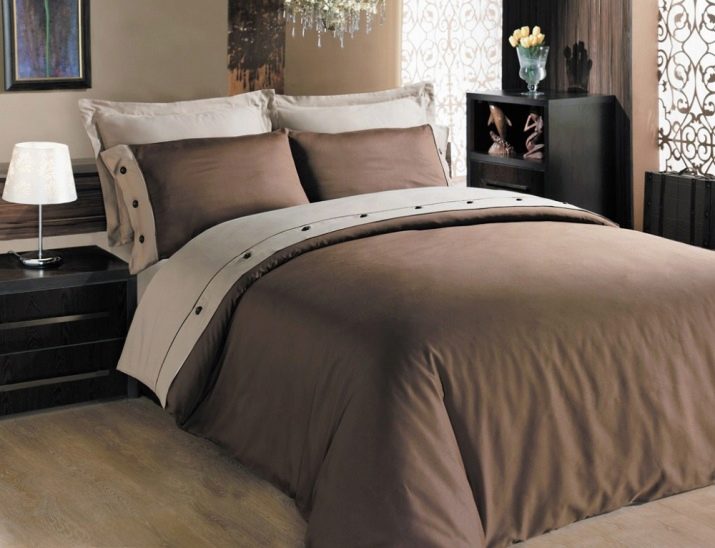
- Cretonne. A fairly dense and pre-dyed type of fabric, the weaving of which is carried out according to the linen type. As a result, products are obtained with the presence of ornaments and various patterns. It is used for furniture upholstery.
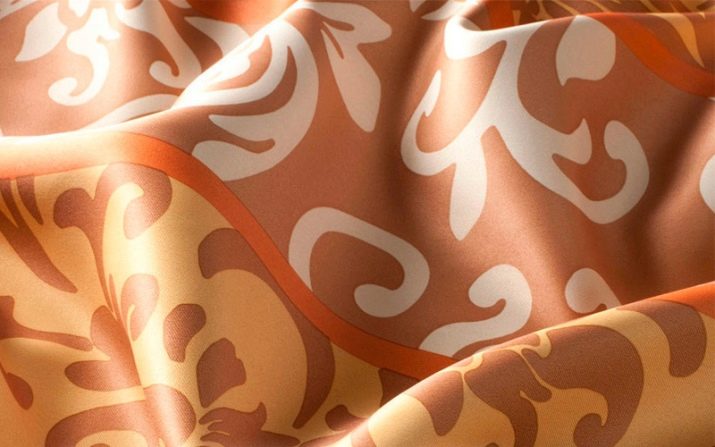
Particular attention should be paid to the American stretch fabric. In the production of this fabric, the most advanced technologies are used, while the composition contains cotton in combination with elastane.
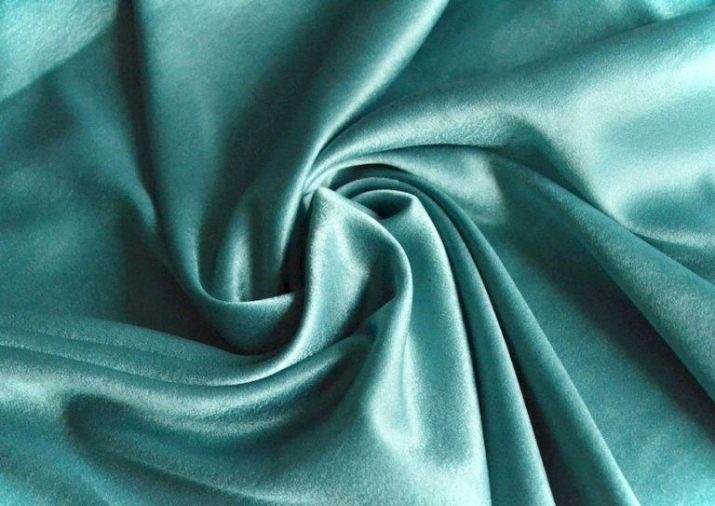
Recently, the Polish material polycotton is gaining wide popularity. Its peculiarity lies in the combination of cotton and polyester in equal quantities.
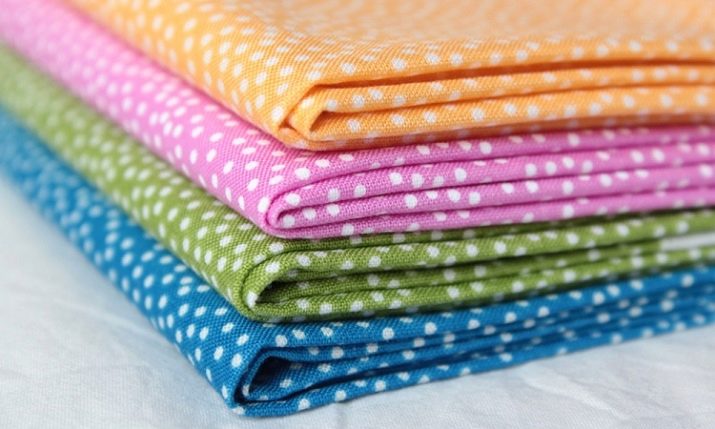
Comparison with other materials
Each cotton fabric has certain distinctive qualities inherent only to it.
First you need to consider the combustion process. In principle, any natural material has the property of complete combustion. Products consisting of a mixed composition burn out with the formation of resin droplets. But synthetic fillings do not burn at all, they only melt. During the burning process, the smell of burning paper is emitted from natural cotton. After most of the fabric is burned out, the spoiled material begins to smolder. For comparison, you can check flax - it burns just as well, only the remnants smolder much worse. For another comparative example, wool is suggested. This material burns out almost immediately and completely. At the same time, an eerie smell of burnt hair is exuded.
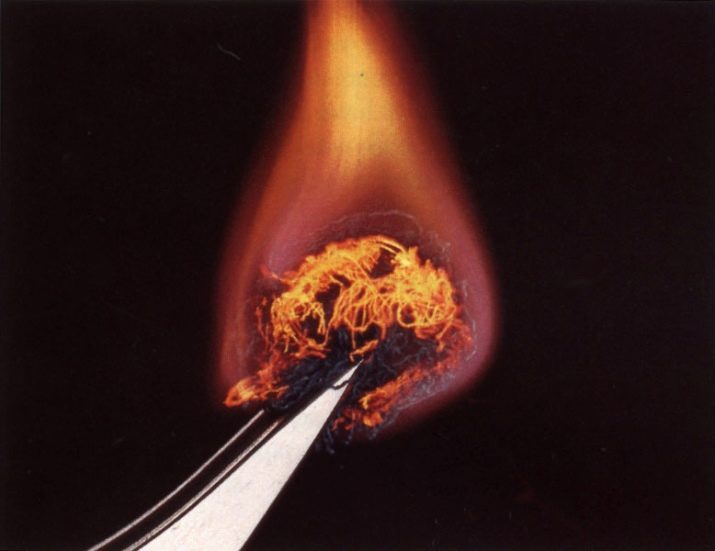
Another distinguishing feature of cotton is its tactile feel. The touch of cotton causes the most unusual, soft, warm and delicate sensations. For comparison with other types of fabric, it is suggested to also consider linen. With tactile interaction, linen seems to be rather rough, tough and slightly cool. But none of these types of fabrics compare to natural silk.
Cotton material is hygienic, practical and very beautiful in its properties. Thanks to the wide range of manufactured products, you can always choose the most comfortable things that will meet all the requirements of its owner.
Anyone can buy cotton clothes or other textile products made from it at the most reasonable price.
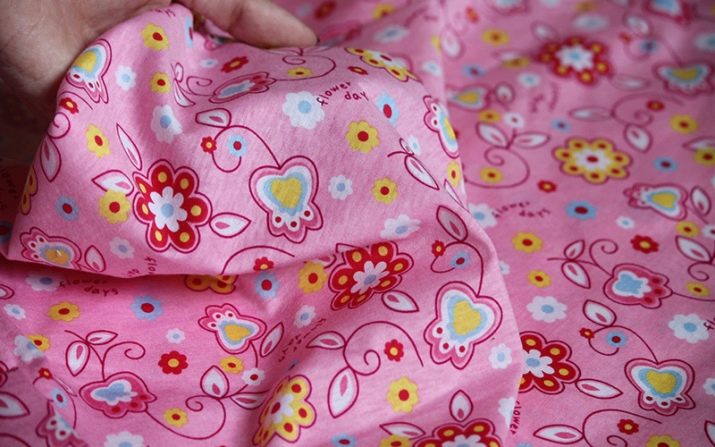
Where is it used?
Arriving at a store selling any fabric products, several questions immediately arise, and the main one is the availability of cotton fabric or any elements of natural cotton textiles. In fact, cotton is present in almost all products that a person uses. For example, bedding. For their production, soft types of fabric are mainly used, for example, satin, coarse calico. For a baby bed - exclusively flannel. Cotton material is light enough, therefore it is used in the production of summer dresses, men's shirts. In hot summer weather, in cotton clothes, everyone feels cozy and comfortable.

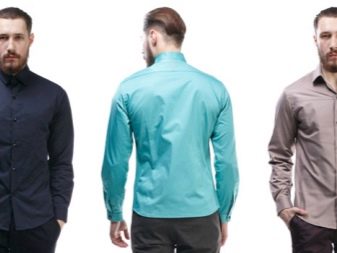
Cotton fabrics are often used for sewing outerwear. Many firms use exclusively cotton material when ordering uniforms for their employees.

In household use, almost any textile element is cotton, for example, tablecloths, curtains, towels, curtains and much more.
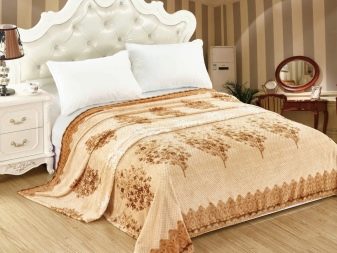

Care
Like any other material, cotton requires special care. For example, so that the material does not shrink, white cotton items need to be washed at a temperature not exceeding 95 degrees; colored ones - at 60. But thin versions of clothes - at a maximum of 40 degrees.
It is best to wash cotton fabrics in a washing machine. In addition, the automatic system allows you to set the required washing mode for each separate type of laundry.
For any type of cotton, you can use additional cleaning agents that can soften the water in the machine, thereby adding extra softness to the washed clothes.

Colored cotton fabrics should never be washed with bleach or delicate detergents. The drying mode is only allowed for some types of cotton fabric. Information on this can be found on the label of the textile product.
A disdainful attitude towards the fabric leads to the fact that the material shrinks after washing, respectively, the size of the thing changes and the symmetry of the product is disturbed.
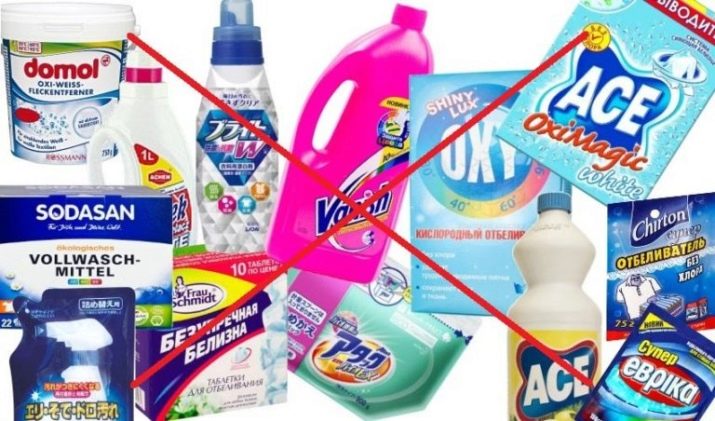
See the next video for a master class on sewing bedding.








